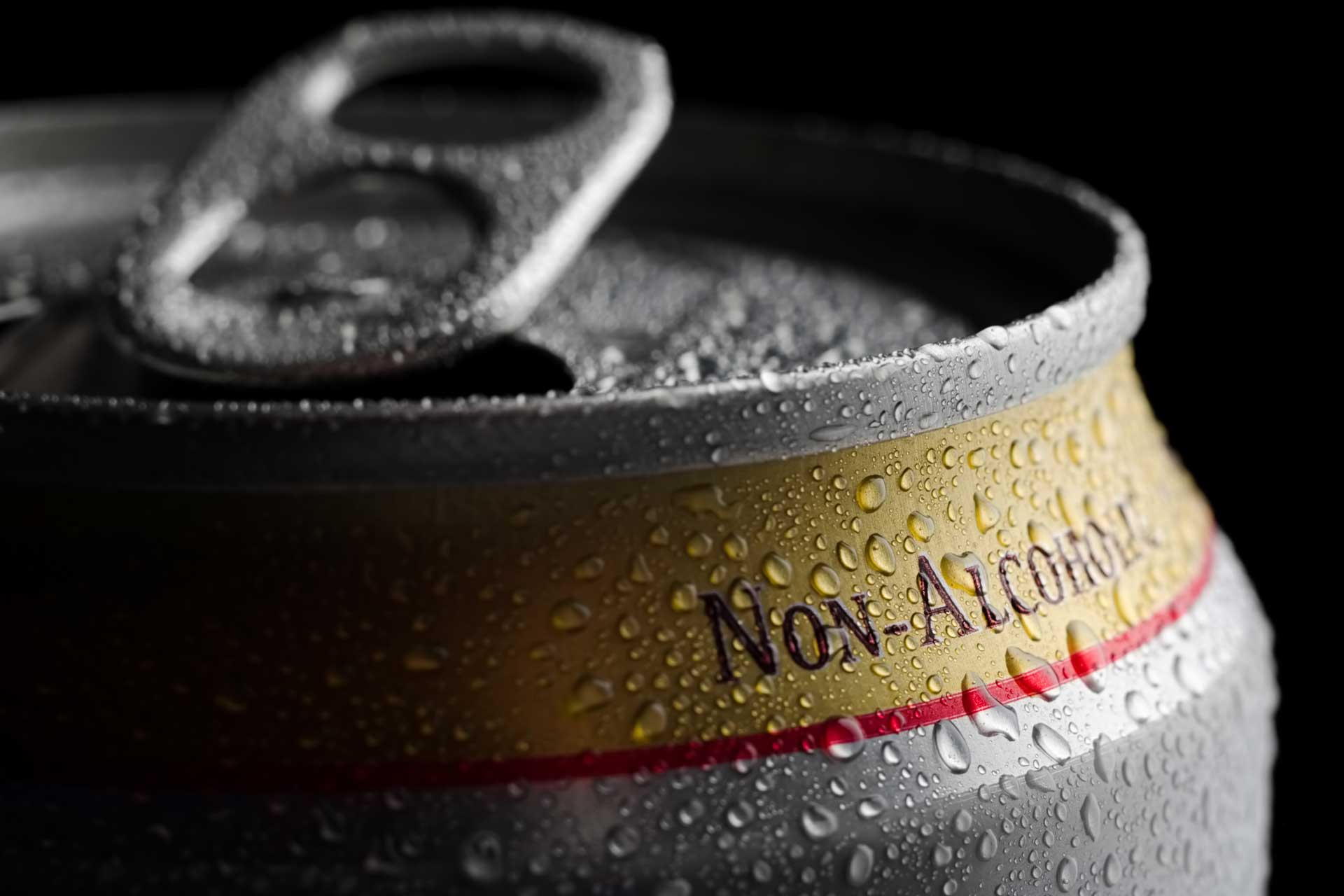
There is nothing better on a hot summer day than reaching for an ice-cold brew. With growing frequency, the craft brew people reach for is missing one key ingredient – ethanol a.k.a. alcohol. The non-alcoholic craft brew market has been growing at warp speed, even as beer sales decline. What is propelling this expansion and what comes next? Let’s take a look.
Non-alcoholic brews have been around for decades but never picked up much steam. There were stigmas attached, identifying its drinkers as those with or recovering from alcohol issues. Perhaps a bigger problem was the fact that they just didn’t taste good. Over the last five years, however, evolving societal norms and craft brewers have changed all of that.
Now, the “sober curious” have embarked on finding great-tasting adult beverages without the alcohol. They want the social side that comes with imbibing, minus the hangover (and potential legal risks).
Younger generations – Millennials and GEN Zers – have turned values on their head with things like not living to work but instead working to live. They also don’t readily associate drinking with being cool.
Those who make fitness and health cornerstones of their lives appear to feel better about imbibing without the buzz, even touting non-alcoholic brews’ potential restorative health powers. Some assert it’s the same as or better than sports drinks following a workout, with research pointing to benefits like less inflammation, improved immunity, and good hydration. (Reynolds, Gretchen. “Why non-alcoholic beer beats regular beer after exercise.” January 25, 2023. The Washington Post.) For fitness enthusiasts, there are other perks such as no hangover, fewer calories, natural ingredients, and, with growing frequency, great taste.
A paper published in the National Library of Medicine last year, entitled: “Features of Non-Alcoholic Beer on Cardiovascular Biomarkers. Can It Be a Substitute for Conventional Beer?” reviews several studies showing the potential benefits of drinking non-alcoholic brews, including decreased cardiovascular risks and mortality; positive antioxidant effects; additional benefits over water for those with non-alcohol related cirrhosis of the liver; and ischemic heart disease benefits. It does point out that current knowledge is limited, but simultaneously opens the door to continued exploration of the link between health and non-alcoholic brews. (Sancen, Marco; Leniz, Asier; Macarulla, Maria Teresa; Milton-Laskibar, Inaki; Portillo, Maria; and Estruch, Ramon. December 30, 2022)
Just as craft brewing created its own market and following, inviting fans to enjoy a myriad of recipes, processes, and tastes, the non-alcoholic craft brew market appears to be on the same track. In addition to breweries and retail stores, there are a growing number of non-alcoholic bars and restaurants featuring non-alcoholic menu selections. Recently, the first major U.S. airline signed on to offer non-alcoholic brews.
Actual financial performance shows this market has serious uphill momentum. The Brewers Association’s publication, The New Brewer’s January-February issue reports: “Craft non-alcohol beer was scarcely a category five years ago. Now it’s a hot commodity, propelling the once-moribund NA beer segment to grow 31.7%.”
CNBC reports, “With more consumers choosing non-alcoholic beers in a move towards healthier drinking alternatives and safer drinking habits, the global non-alcoholic beer market has grown to $22 billion in 2022, according to GMI Insights, which projects that could reach $40 billion by 2032. According to Nielsen, non-alcoholic beer grew 20% in the U.S. in retail dollars in the past year.”
Beverage Industry’s 2023 State of the Beverage Industry says, “Although a smaller segment in the overall U.S. beer category, non-alcohol beer increased 22.8% for the 52 weeks ending May 21 in total U.S. multi-outlets for a total of $308.7 million. Case sales also increased double digits with an 11.6% increase.” While inflationary pressures are expected to slow growth in the coming years, the market still has plenty of opportunity ahead. (Jacobsen, Jessica. “2023 State of the Beverage Industry.” July 6, 2023. Bevindustry.com.)
No doubt, we are still in the early chapters of this market’s story. Whether you’re considering the role your business will play in non-alcoholic brews or the impact it will have on your story, please know RBT CPAs are here to support your accounting, tax, audit, and business advisory needs. To learn more, give us a call today.
RBT CPAs do not outsource work to any other country. All of our work is prepared in the U.S.A.
